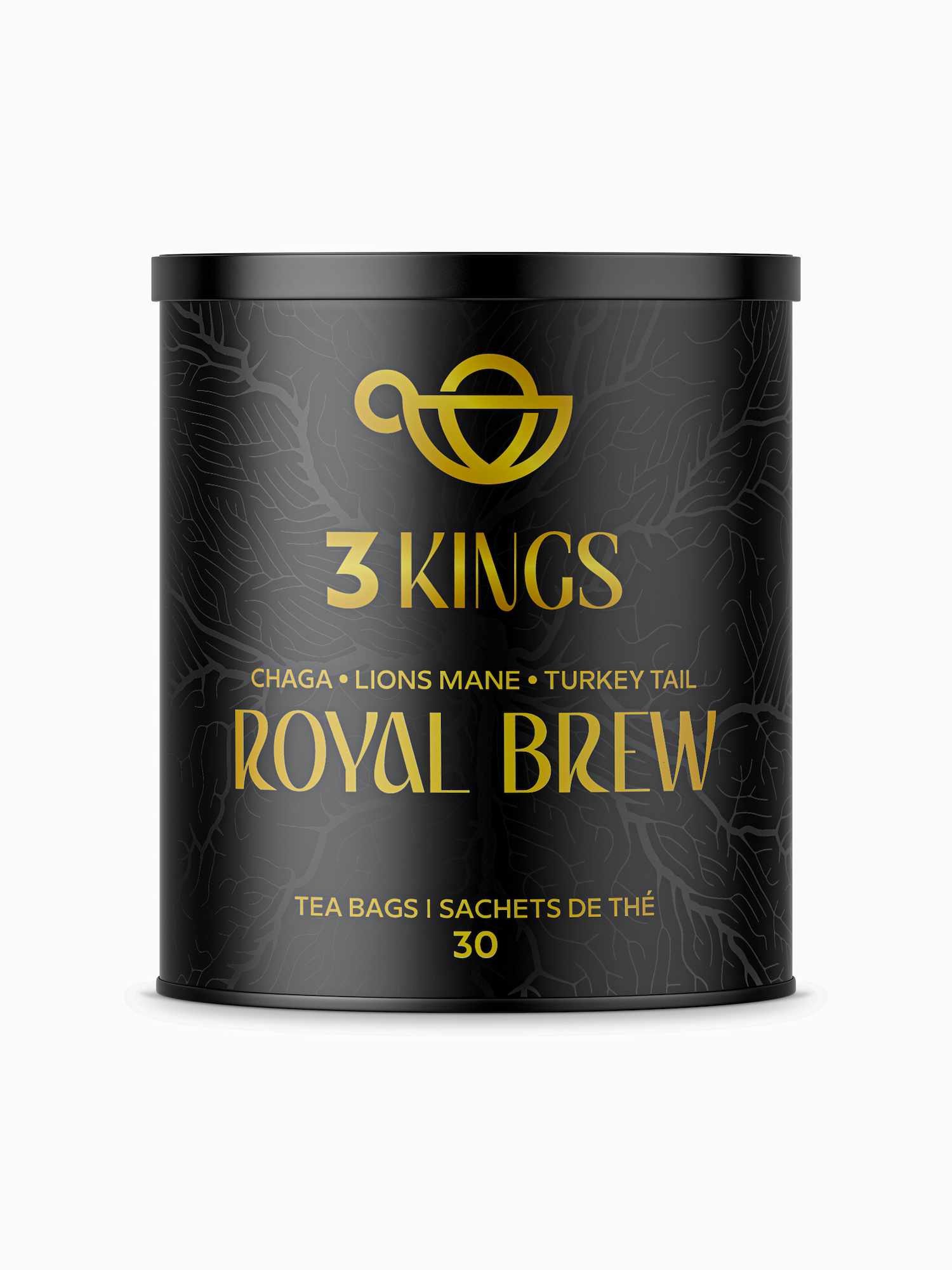Patreon, the platform known for allowing creators to charge a fee for the content they produce, is shifting its strategy by offering a free subscription option. This move comes as platforms like TikTok and Instagram are introducing paywalls and subscription features, aiming to eventually convert free users into paying subscribers.
According to Julian Gutman, the Chief Product Officer at Patreon, the decision to offer a free subscription option was driven by the understanding that the upfront cost of a paid membership can act as a significant barrier for fans. By lowering this barrier, creators can attract a wider audience who may be interested in their content but not yet ready or able to pay for access.
Patreon has always positioned itself as a creator-first platform that enables fans to directly support the work they love while allowing creators to earn real income. By introducing a free subscription option, Patreon aims to further expand its reach and provide creators with a suite of tools to promote their work and interact with their fans. This eliminates the need for creators to use multiple platforms to share and monetize their content.
In addition to the free tier, creators on Patreon will also have the ability to sell one-off digital products such as videos, podcasts, or other downloadable files. This allows creators to monetize specific pieces of content while still offering the rest of their work for free. Patreon will only take a 5 percent cut from all transactions, making it a cost-effective option for creators.
Notably, Patreon already offered fans the option to contribute as little as $1 to support their favorite creators without signing up for a full subscription. However, these micro tips did not come with any additional subscriber benefits. Now, creators who offer a free subscription can later turn on paid membership options if they choose to do so. If creators decide to add a paid level, Patreon will take an 8 percent cut, which aligns with its Pro plan offering.
While it’s challenging for creators to make a sustainable income solely through posting content, many platforms have started to introduce premium content features that followers can pay to access. For example, TikTok has introduced 20-minute videos behind paywalls, Instagram has subscriber-only Reels and posts, and Twitter allows creators to post paid, exclusive content to subscribers. However, Gutman argues that Patreon’s focus is not to replace other social platforms for creators but to enable them to have direct relationships with their fans and build deeper communities.
Patreon’s introduction of digital purchases is a response to the user base’s demand for this feature. Previously, some creators found workarounds by creating specific tiers that included digital content they wanted to sell and then removing it after the sale ended. Now, creators have the flexibility to provide free membership while selling downloadable and streaming content, offering discount codes, or giving products away for free to select subscribers.
Creators on Patreon can join the waitlist for these new features, with access being granted weekly. The full availability of these features is planned for later this year.
In conclusion, Patreon’s decision to offer a free subscription option and introduce digital purchases expands the platform’s offerings and allows creators to attract a wider audience. This move aligns with the trend of other platforms introducing paywalls and subscription features. With its focus on direct fan relationships and an all-in-one platform, Patreon aims to provide creators with the tools they need to monetize their content and engage with their fans effectively.











